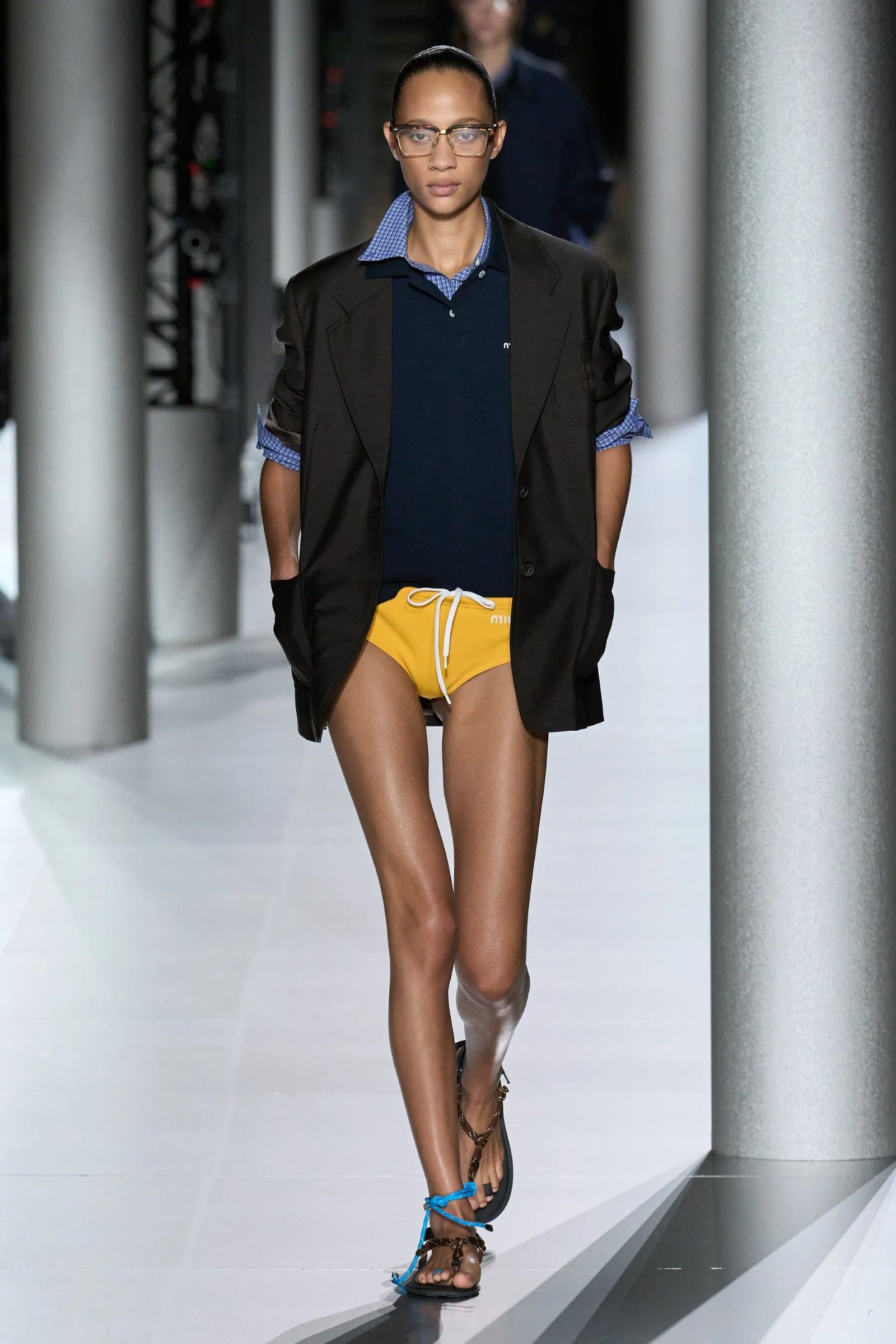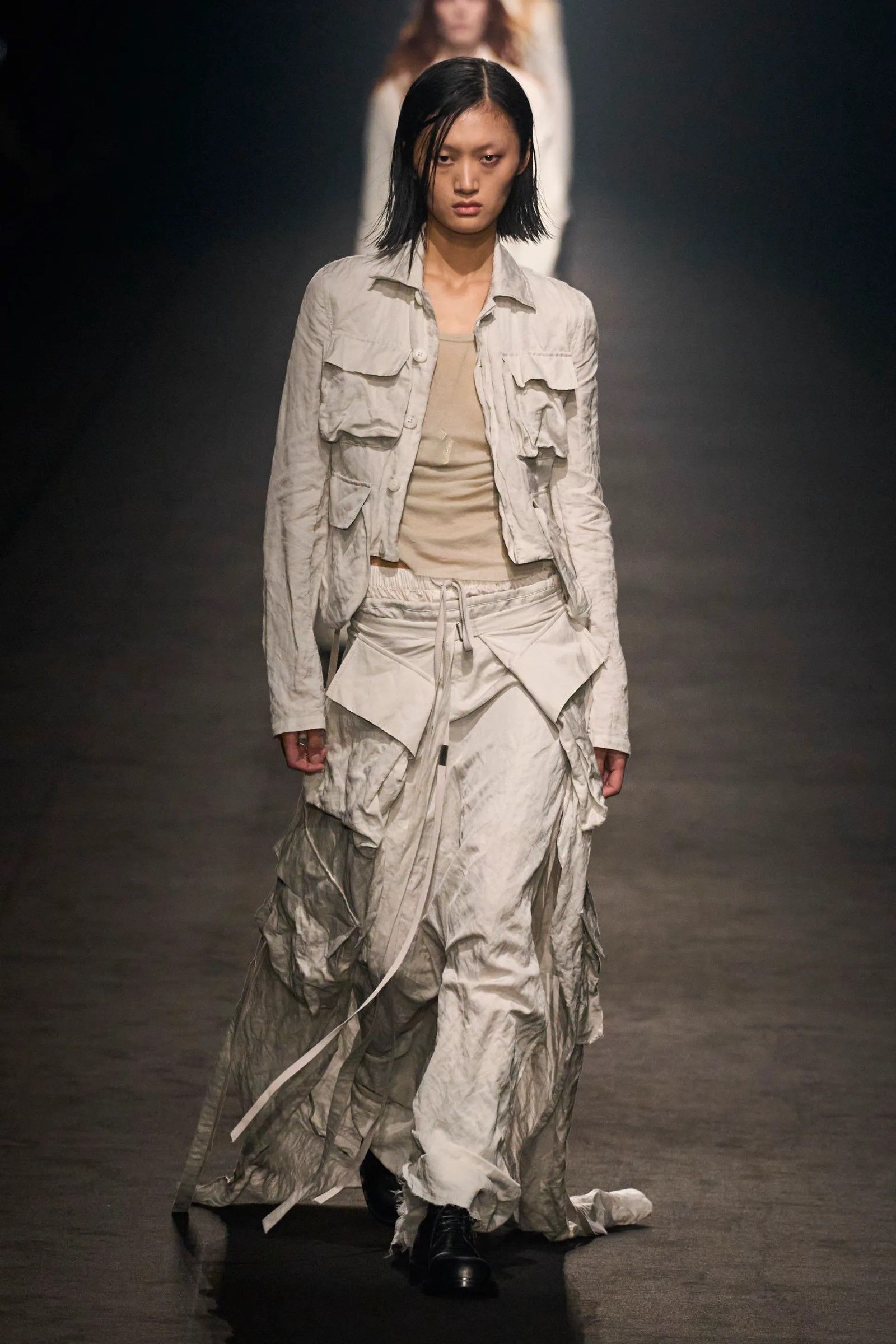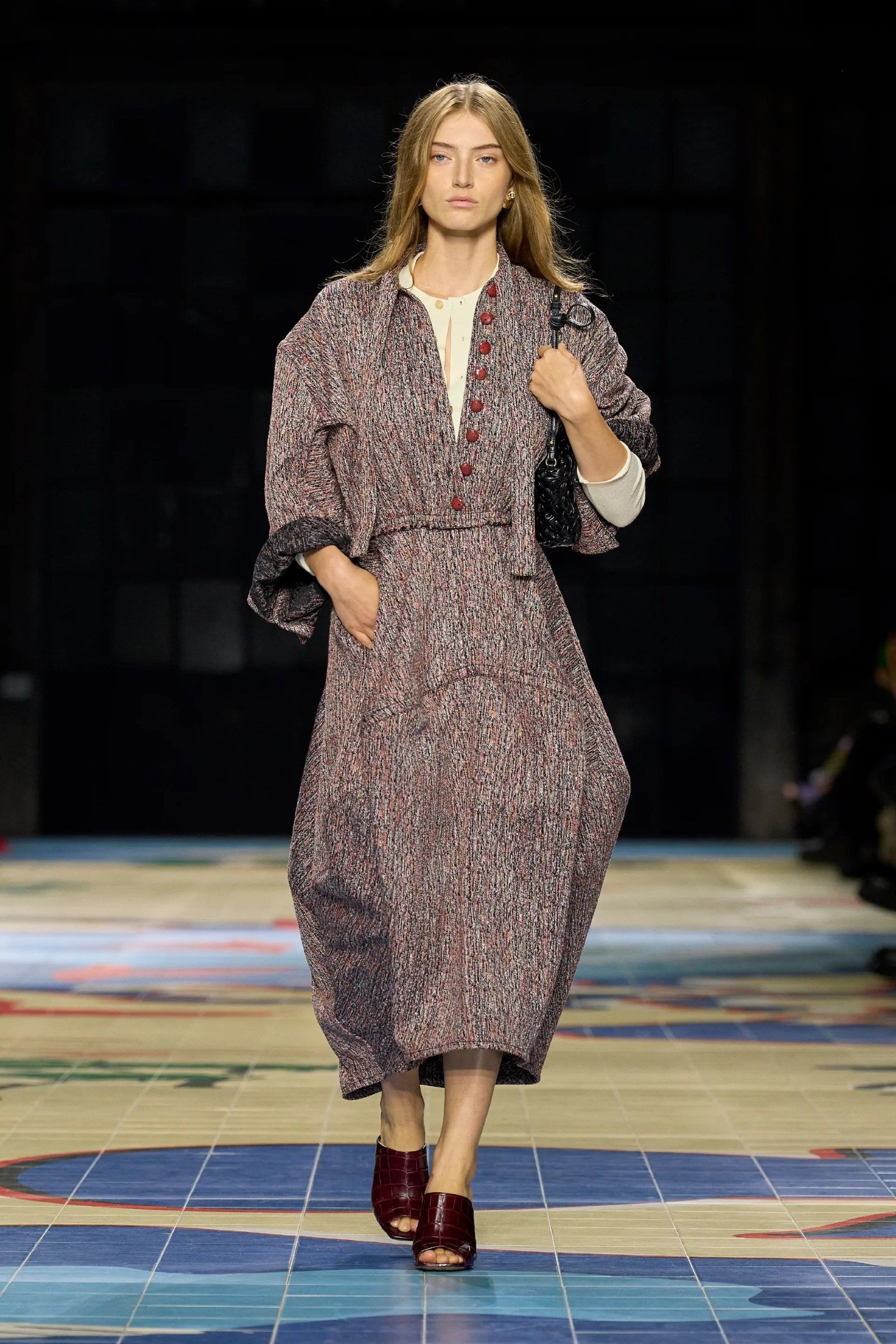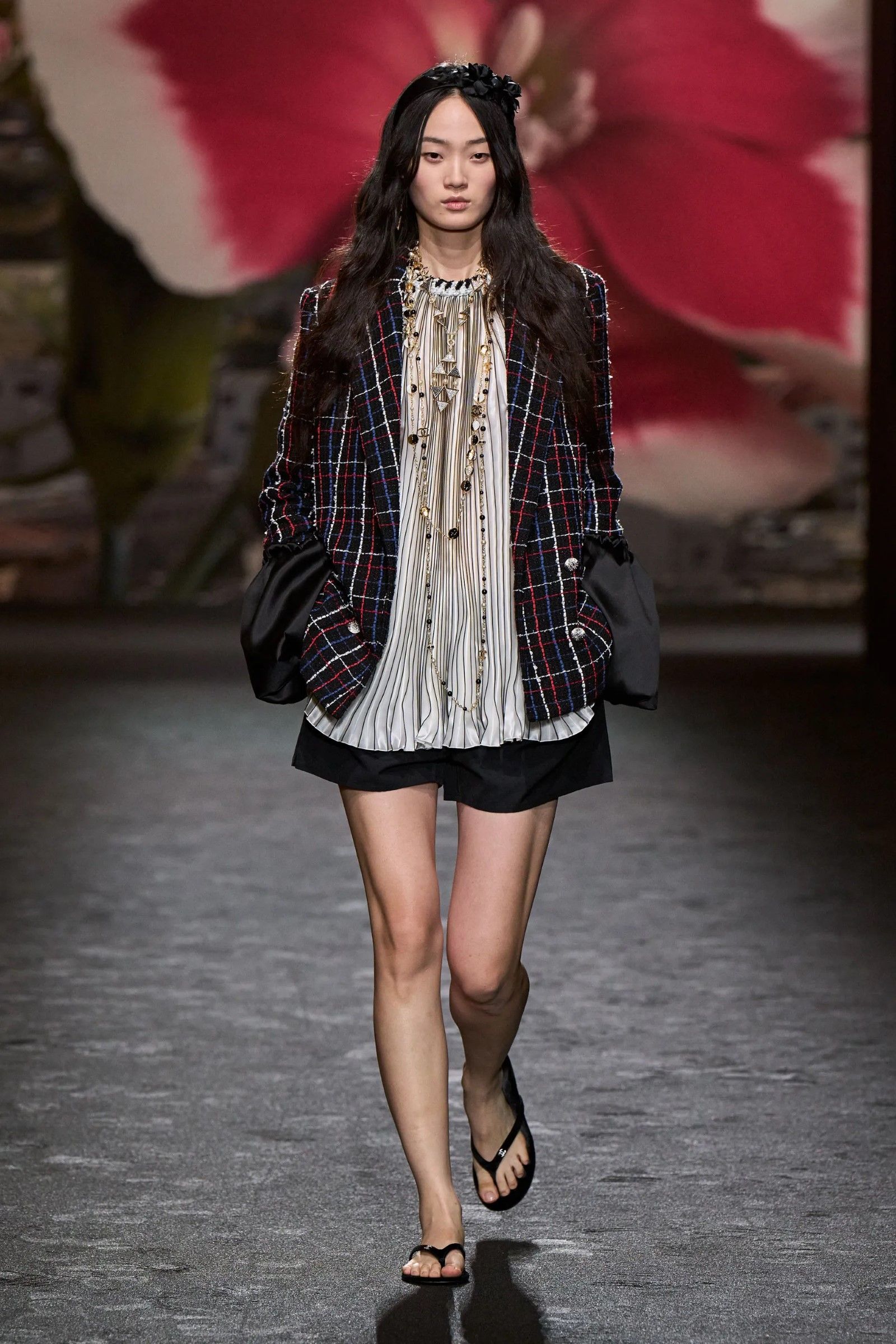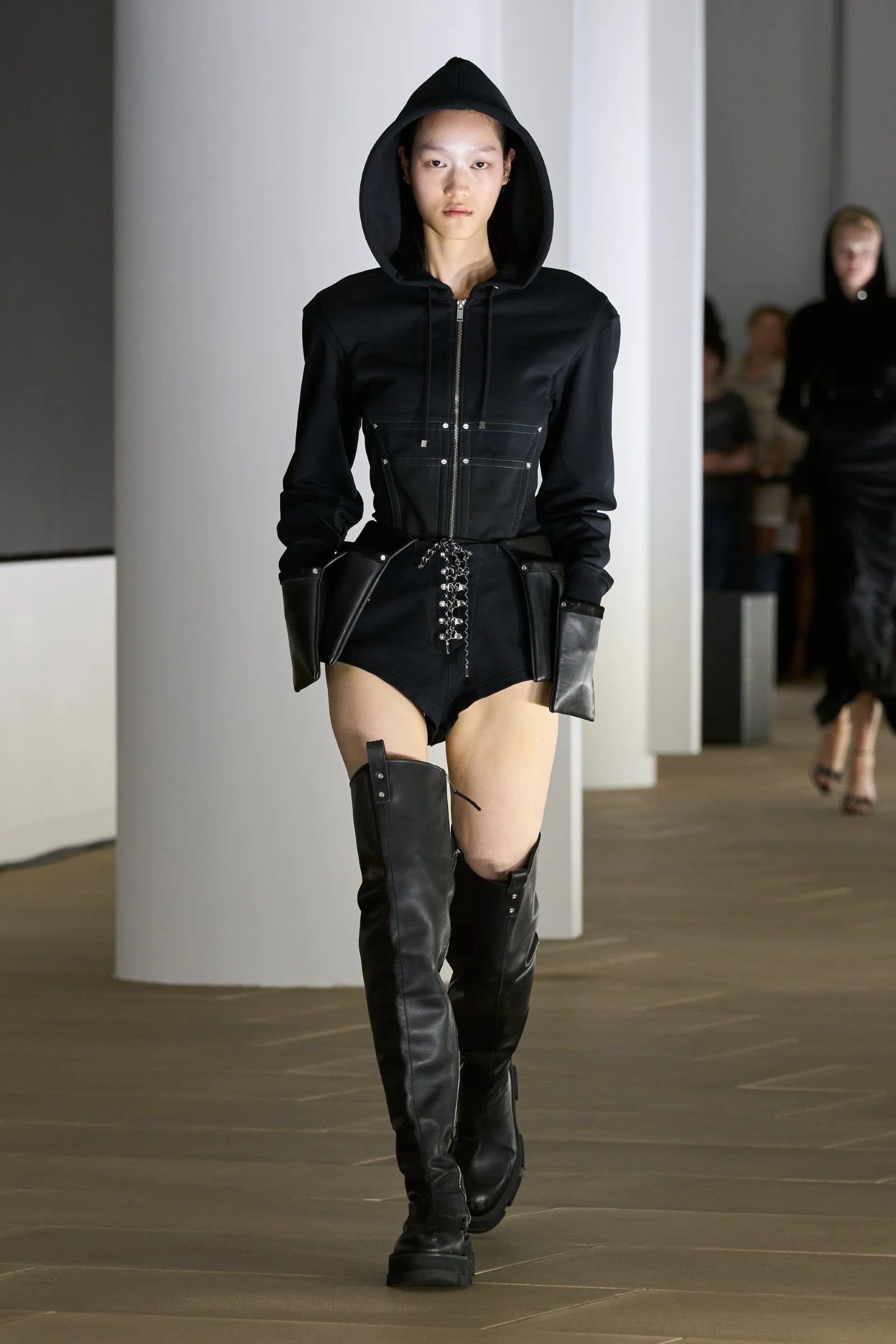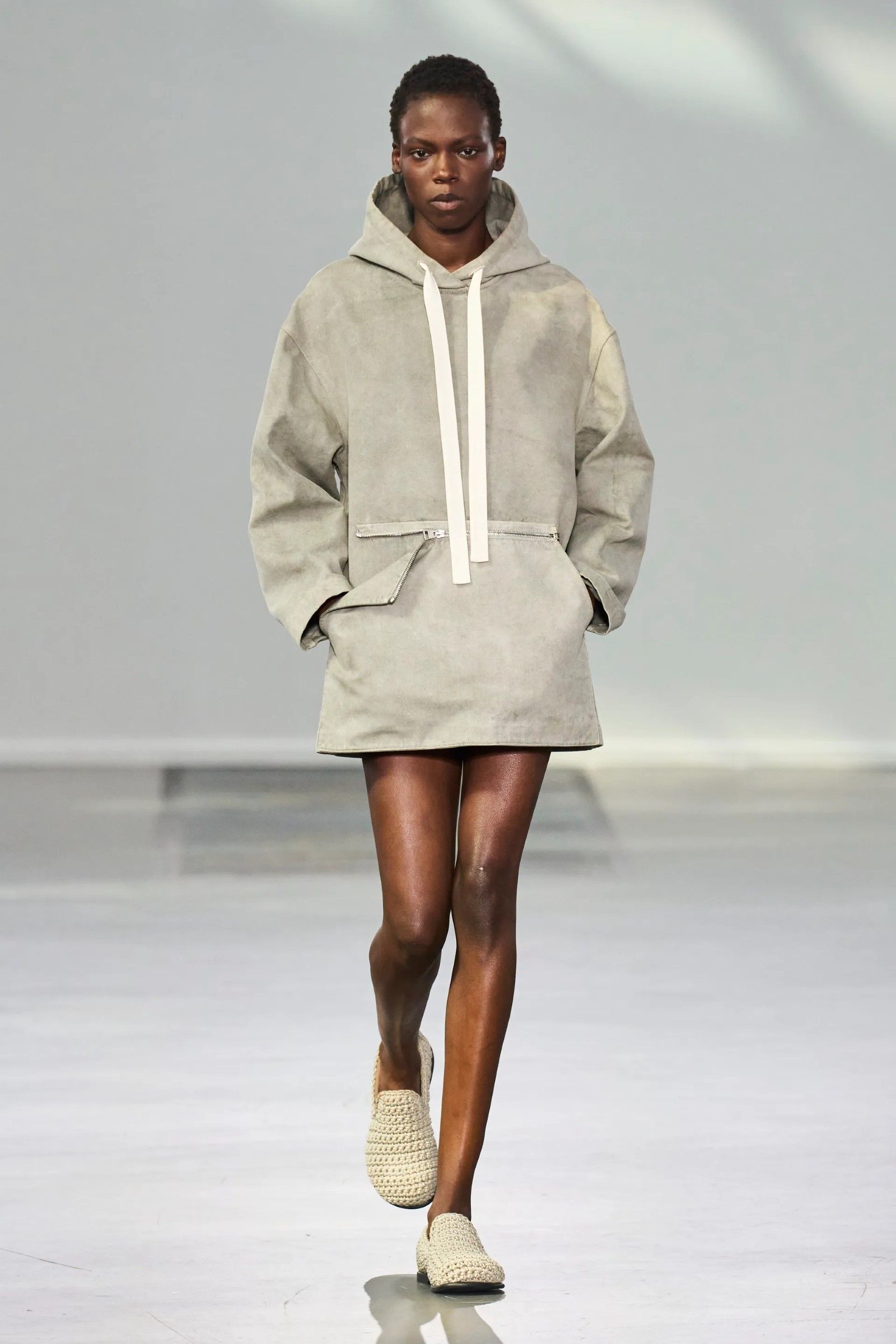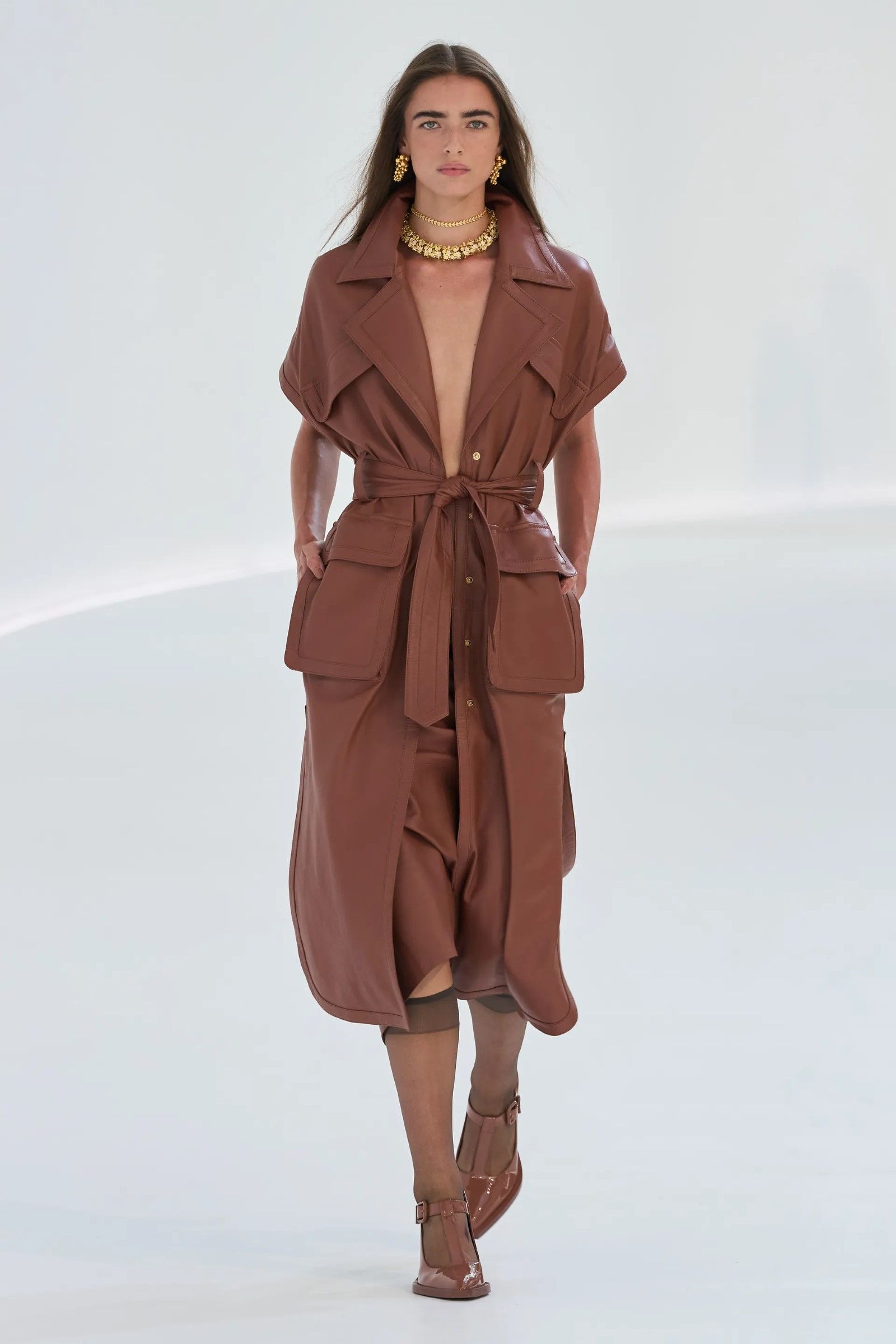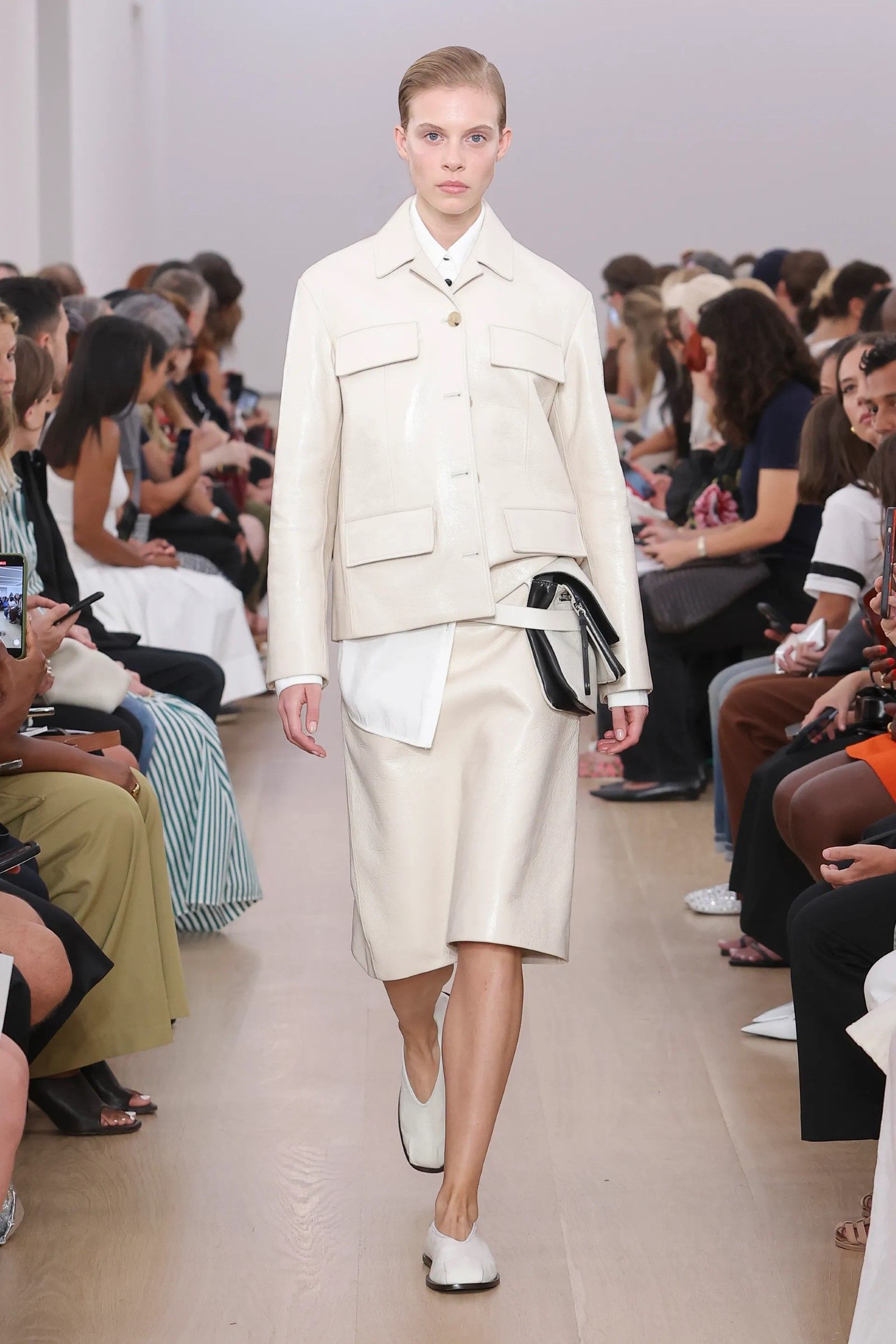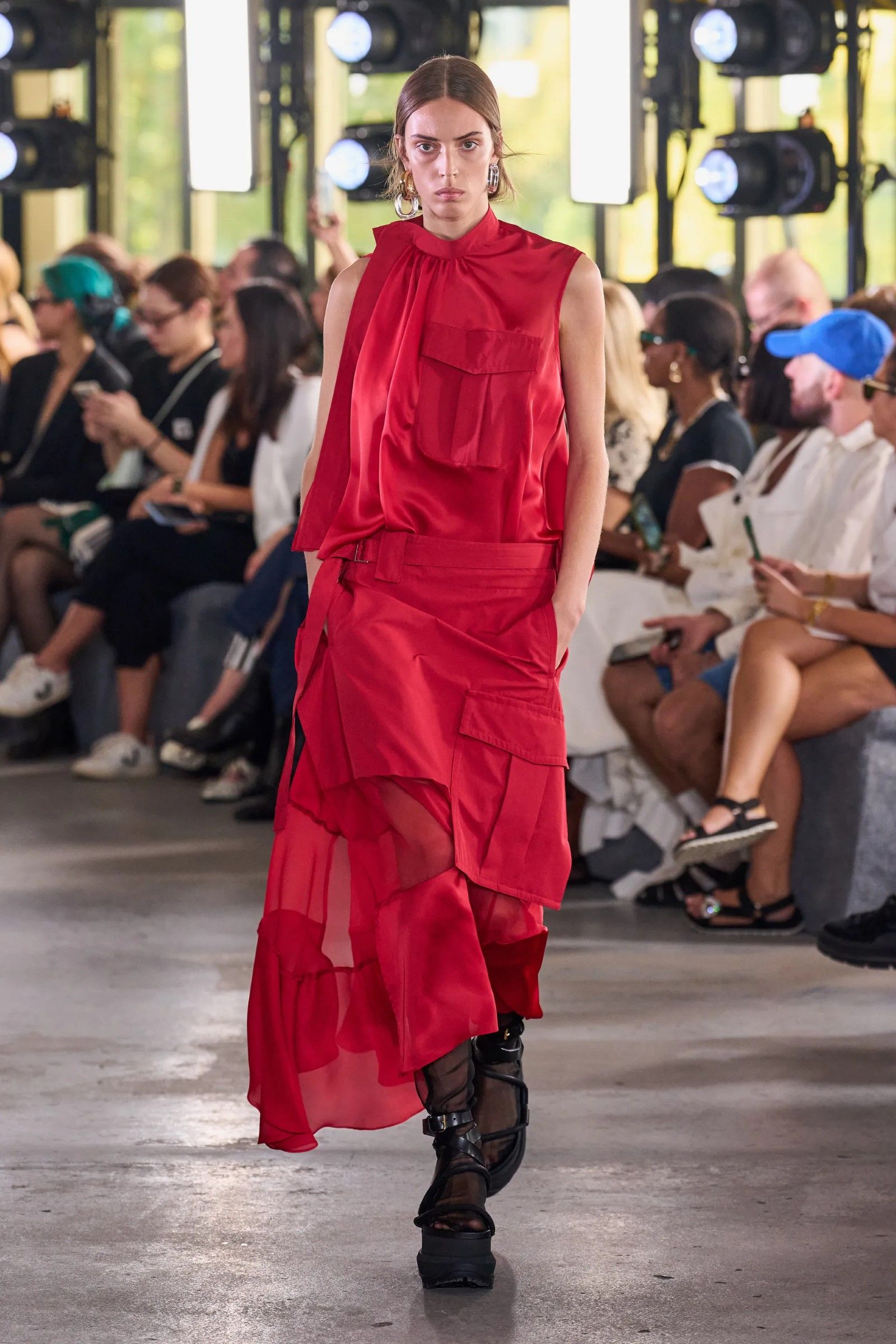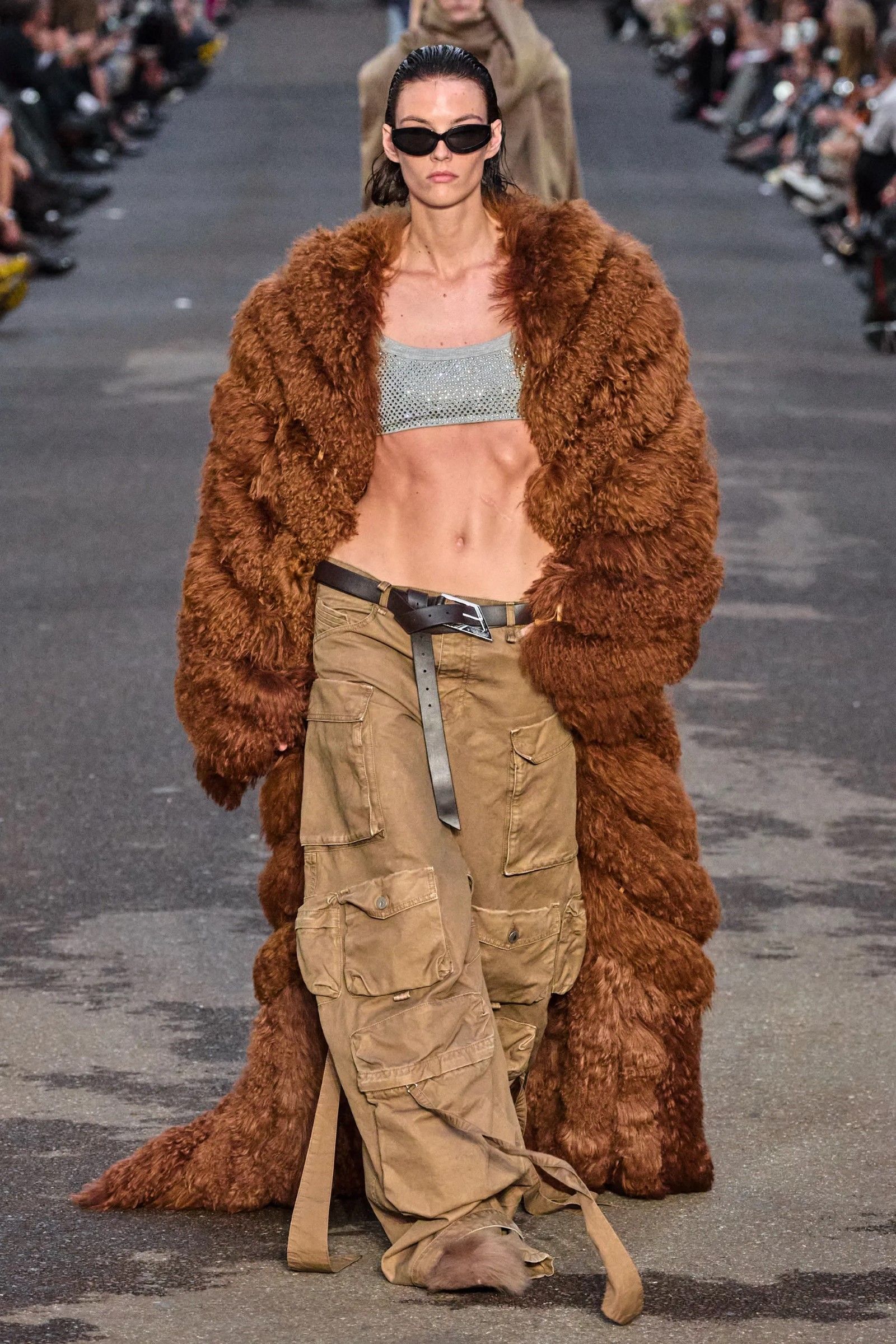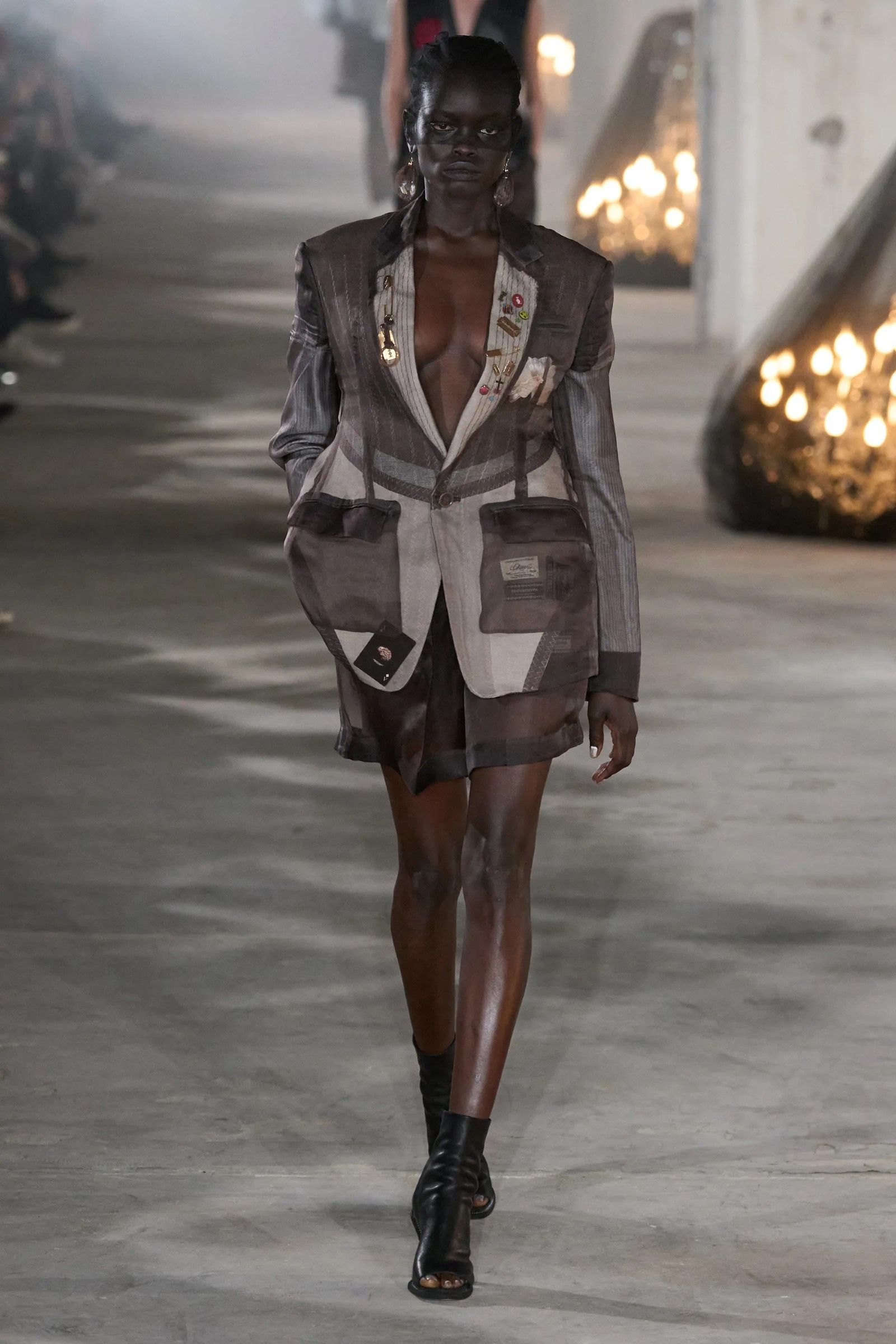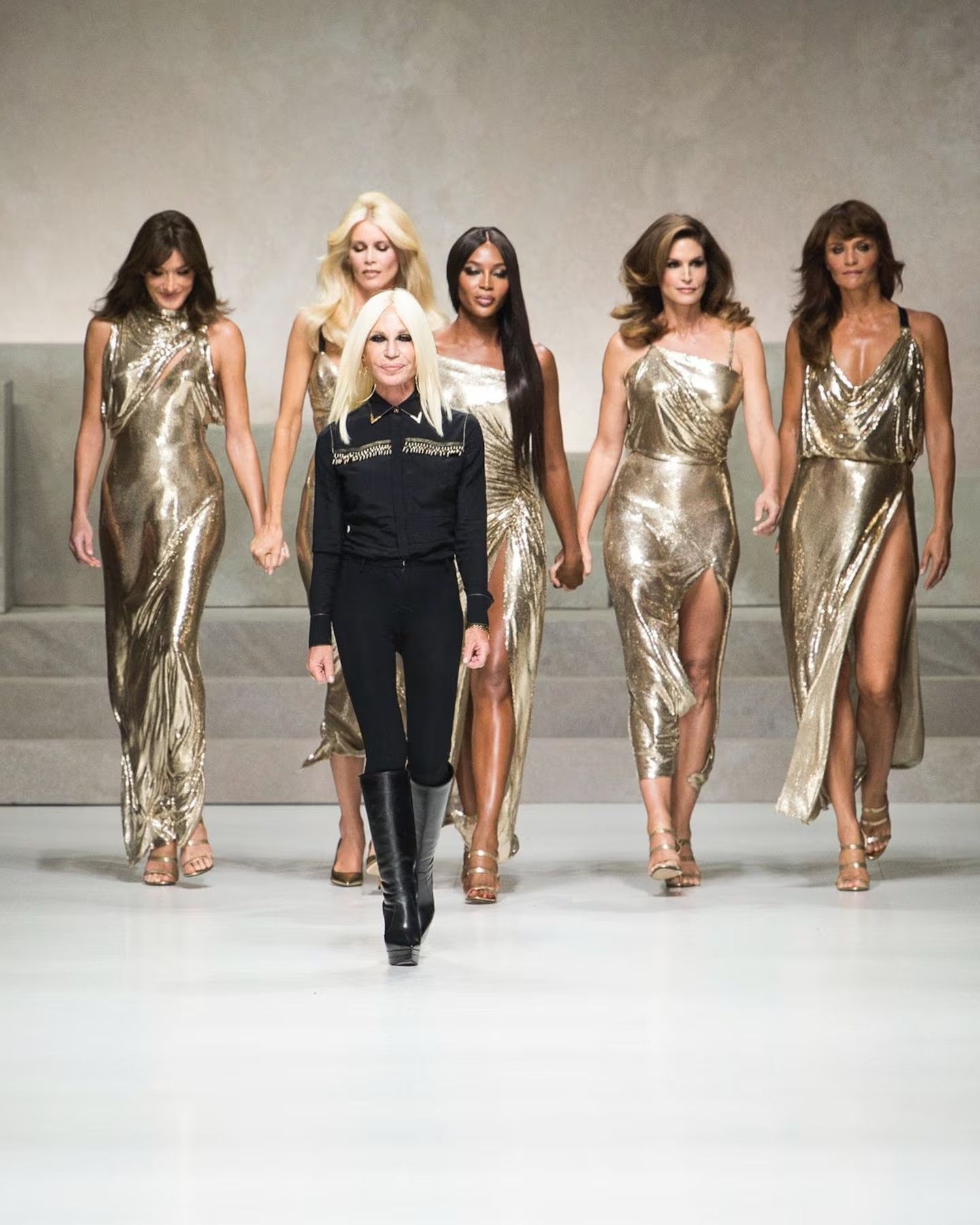
The battle for pockets in women's clothes This is a real gender gap
A book was recently published entitled Pockets: An Intimate History of How We Keep Things Close, in which the author, fashion design expert Hannah Carlson, explores the different function that pockets have for women and men, and the social implications of this disparity. Women's clothes, in fact, unlike men's, often lack pockets, and when there are pockets (and they are not fake) they struggle to actually hold anything, becoming almost useless in themselves. In 2018, the The Pudding tackled this real gender discrimination from the data, showing how - on average - the pockets in women's jeans were 48 per cent shorter than those in men's jeans. Basically, this means that, in most cases, the pockets in women's clothes cannot hold a smartphone in full and are not even big enough for a wallet. British journalist and activist Caroline Criado Perez - author of the book Invisible Women. How our world ignores women in every field - has called this state of affairs «great gender pocket gap».
Why women's clothes often have no pockets
@tiahrubala Pocket recs plzzz #running #marathontraining #runningclothes minion - isa
Historically, women's clothing did not have pockets because it was thought that women would always carry a handbag with them; however, this accessory, by occupying women's hands or arms, restricted their movements, promoting inequality with men. According to Carlson in her book, women's clothes in the past lacked pockets because «the more things women could carry, the greater the freedom they could exercise». In the 2019 book The Pocket: A Hidden History of Women’s Lives, 1660–1900, author Ariane Fennetaux argues that the pockets «represent a space that is under the control of women at a time when women are not supposed to have access to possession or property». «A pocket was very much a place of one’s own», Fennetaux writes, and it represented «a crack, in a way, in the patriarchal system of controlling women and controlling what women did and what women owned». Around 1910 'the battle for pockets' in women's clothing was picked up by the American Ladies Tailors' Association, which filled suffragettes' outfits with pockets. To understand how deep-rooted the idea that pockets were a man's thing, even when there was no good reason for it, one only has to think of the uniforms supplied to the female branch of the US army during the Second World War: they had no pockets at all, whereas men's uniforms did. in 1954 Christian Dior himself said «Men have pockets to keep things in, women for decoration». In more recent years, the adoption of pockets in women's clothes has been discouraged by the handbag market itself, becoming a key asset for luxury brands. In her book, Carlson recounts that when Vogue America editor Diana Vreeland proposed dedicating an issue of the magazine to pockets and overcoming handbags, which she considered «a drag», but the fact that she had to give up many advertisers forced her to abandon the idea.
Is fashion becoming aware of this problem?
Over the past year, on the catwalks and at major showbiz events, there has been a change in approach, both because women's wardrobes have been largely updated with more practical garments that include pockets; and because the pockets themselves (especially the bellows pockets most famously known as 'cargo' pockets) have themselves become a decorative element of clothes. The first brand one thinks of is certainly Miu Miu and the skirts of the SS22 collection; while hand pockets and the addition of additional pockets on classic blazers was the signature of Loewe's last show, while in numerous other shows it was the evening dresses themselves that had them as if to free the archetypal female garment from this somewhat archaic limitation. More pockets appeared, quite conspicuously, in the shows of Saint Laurent, Diesel, The Attic and Peter Do, to name a few, while at Prada, when pockets were not part of the grey wool suits that swathed the models' bodies, they were superimposed on the fringed micro-dresses by coats and, above all, multi-pocket vests with a clear functional vocation. Elsewhere, at Undercover, Jun Takahashi literally flipped the inside and outside of jackets and tops, highlighting the presence of pockets with objects visible inside through the transparent fabric. Almost ubiquitous were the pockets at Chanel, but here a little historical note is in order: functioning pockets have always been a feature of the brand's jackets precisely because Coco Chanel wanted to make life easier for women of her and other eras - almost an example of the brand's founding values translated into design.
The trend was boosted by the comeback of cargo trousers, but it cannot be ruled out that «the true “age of the pocket” has now arrived», Carlson told The Guardian, especially because «everything necessary for daily life has become so small». Finally, haute couture also seems to be starting to take on board the importance of pockets, what they mean and their relevance within the feminist debate - what Raf Simons said in the documentary Dior & I during the making of his first collection for the French fashion house comes to mind: «I also wanted to have quite a radical approach in terms of like modernizing it. I want it to become more dynamic, because I find women very dynamic now. Pant and pockets and...It's important for me that they can move easily». Compared to the past, it can therefore be said that the problem of pockets in women's clothing has been considerably reduced, thanks also to the recent genderless fashion trend, but it has not disappeared and still remains a relevant issue. The battle for pockets in women's clothes, in short, is still to be fought.










































